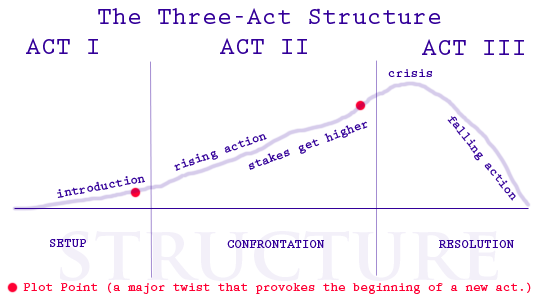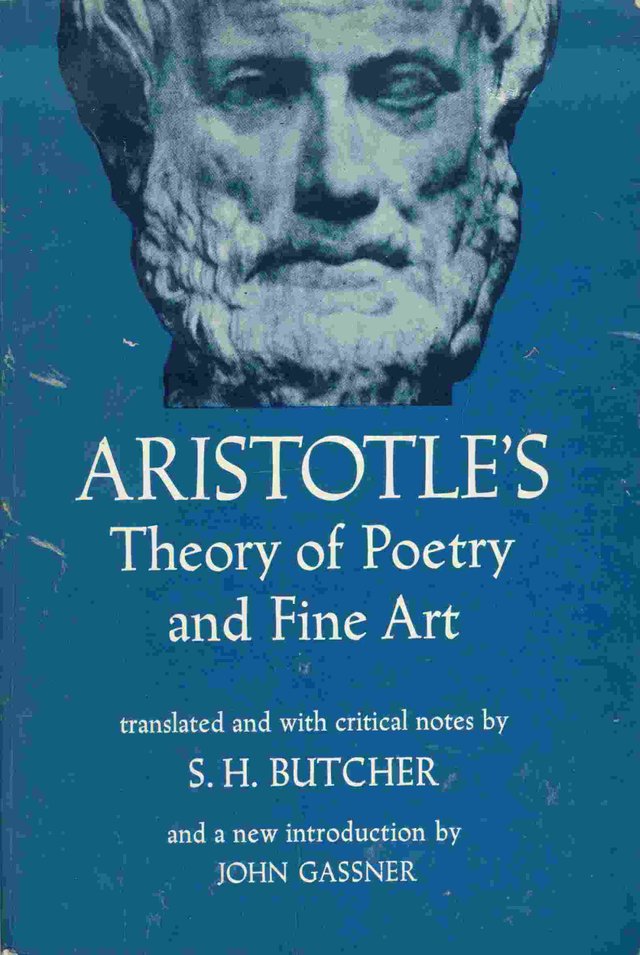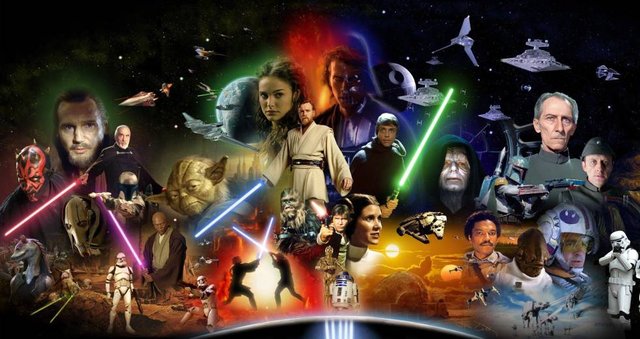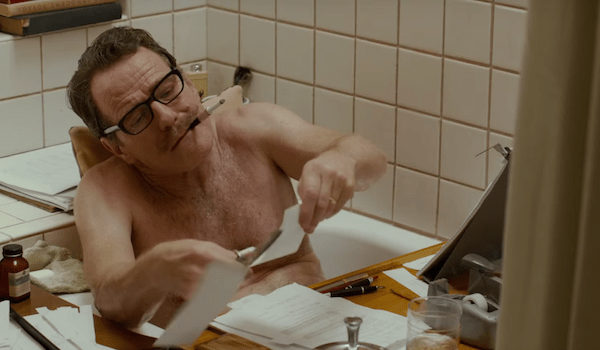How to write a movie script for Hollywood and not die trying (The Three Acts)
I'm going to publish a series of posts to help you structure your film or TV script, that great idea you have, so you can meet the formats and guidelines of the Hollywood industry, say, Fox, Netflix, etc.
Remember that in this industry the battle is desperate and merciless, and that the producers only read what, at first, seems to fit their tastes, with market trends, with what is vibrating -type Game of Thrones or Big Little Lies- and they will not even bother to open your file if they do not see, from the first line, that you meet those expectations, and with the parameters of the business.
These guidelines will even serve you for your videos on YouTube, and even for your posts and articles on Steemit, because in essence they are subconscious and cultural structures that have worked in the art of telling stories for millennia.

Divide your story in three parts, in three acts
1.- Introduction. The character is presented, we see how he gets involved in the problem, in the adventure that he will live, what his world is like, what he lives, who his loved ones are. This first part is usually called the conflict presentation. Here we usually see that the characters do not feel happy in their stable world, and that they hear the call of adventure, that they fall in love with the most beautiful and difficult girl, that they consider winning the Olympics, or become astronauts to go to the Moon, to Mars, or to a distant galaxy ...
2.- Climax. After the characters come out in search of an objective, a love, a sacred object, that they go out to wear a magic ring, that they are going to study magic in the Hogwarts Academy, that will lead them along of an adventure, which is going to have a climactic moment, what is called in dramaturgy a climax.
Let us suppose that they want to escape from some danger and have set in motion, whether their planet has been invaded, or that the police are pursuing them and they want to cross the border into Mexico. If you develop the story well, at a given moment you must reach a point of maximum tension, transcendental, the most intense of the film, climax: the great battle, the meeting with the police, the moment when the accused arrives before the judge, the moment in which the boy is going to tell the girl that he really loves her, or when he puts an engagement ring in the champagne glass of the beautiful woman ... or man, the genres nowadays are very broad.
3.- Resolution. The story, the adventure, must reach somewhere, to some result. If it does not, it happens like those scripts we see in Venezuelan and Latin American cinema in general in which the characters and the story are left in the air, and one asks: And what happened here?
The boy must cross the border and be saved. Or he can be catched by the border police, and then there will be no happy ending, but at least there will be a final, an outcome.
The couple must ends together and happy, despite all the vicissitudes and difficulties that have had to overcome. They may not finally remain with who they expected, like Julia Roberts in that wonderful comedy "The Wedding of my best friend", but in that case, she will have completed her inner journey, she will have truly known herself, in her profound humanity, and we intuit that a splendid future awaits her, now that she finally knows who she is.
The trip was to herself, the conclusion is that she lets out the man she loved the most, but she is capable of falling in love again, and this time she will not let him go for any of the stupid things that ruled her life before (in the first part of the movie).

Where does all this come from?
Actually, this structure was not invented by Hollywood, it comes from the Greek classics, from The Odyssey, from tragedy and comedy, and it is repeated in medieval narratives, in fairy tales, all over the world. No wonder it has been taken by the European narrative, the theater, the novel, and to get to Hollywood movies.
But that will be the subject of another post, which has to do with The Journey of the Hero.
Aristotle, in Poetics, recommended that every good work should be like when one exposes an idea in a clear and simple way: first, the idea is presented, developed, so that the interlocutor -the viewer- understands what the story is about .
Then, that idea, that story, had to reach a climax, which was sometimes the opposite of what the protagonist expected. Logically, one would say that a thesis was presented first -Kung Fu Panda goes to the market to meet the new great Dragon Warrior- and then an objection appears, an antithesis, that is, quite the opposite: Panda is told that he is the new Dragon Warrior
That introduces into Panda's life a whole series of setbacks and adventures that will take him to the edge of death.
The third part, according to Aristotle, would be the conclusion, once the thesis and the antithesis have been contrasted (synthesys).
This is, it turns out that Panda is the Great Dragon Warrior, but he should not seek that power, that wisdom, outside, but inside. That's why I always saw blank messages on the papers. Everything was written inside him.
The result is that he manages to control his internal Chi and easily defeat - despite being a fat bear - the most terrible villains.
Works?
Yes, let me tell you. All the success stories I know, from the Odyssey to Casablanca or Star Wars, have this internal structure.

But as I said in the previous post, if you want to make films imitating Almodóvar, that's your problem, and of those who want to risk their money in that foolishness. And if so, just have good luck.
See you in the next post.
Bye!
Video recommended
3 Act Structure - Story Structure Tips - Screenwriting
